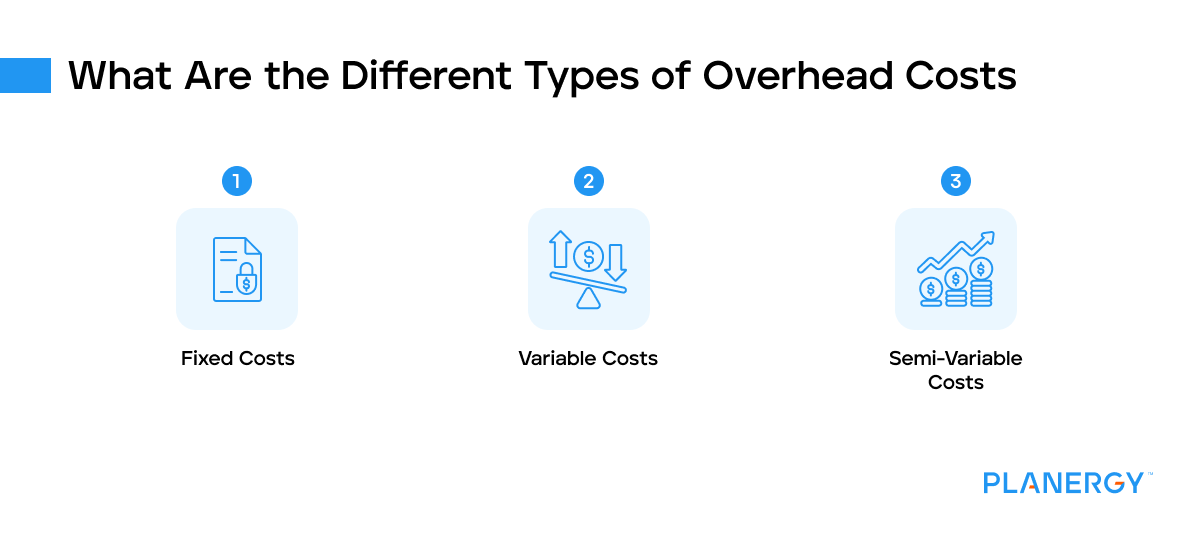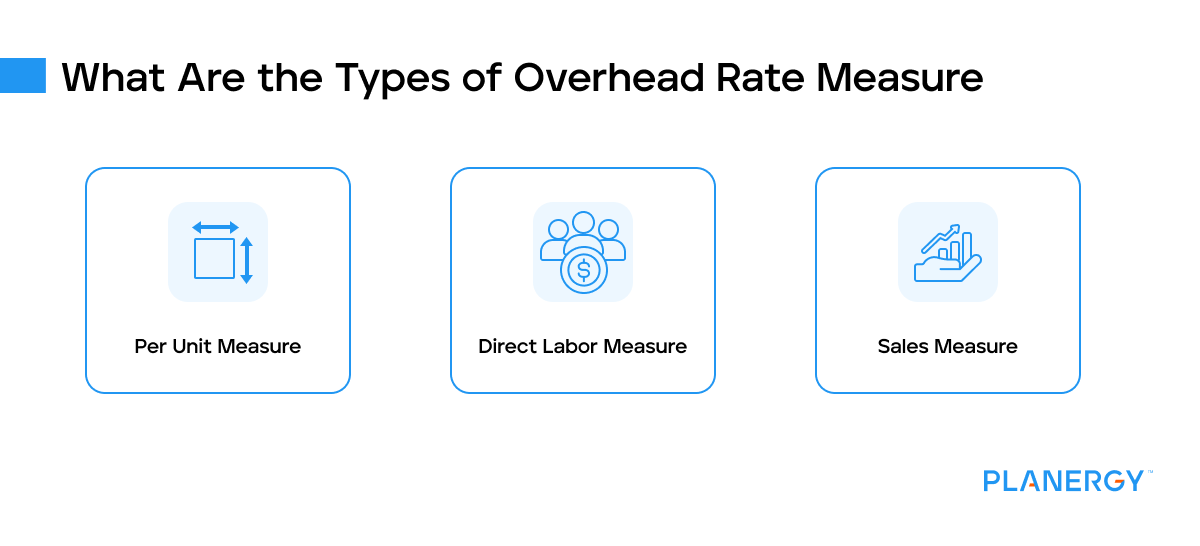How Do You Allocate Overhead Costs?
Overhead allocation, also known as overhead absorption is the process where overhead costs are distributed across cost centers such as direct labor hours, machine hours, direct labor costs, or other cost centers as needed.
Allocation of overhead costs is necessary for businesses to determine the complete cost of producing an item or service beyond direct costs and is especially useful in the budgeting and forecasting process.
Allocating overhead costs uses the same calculation as the overhead rate, with the results used differently.
For example, let’s revisit Vision Ltd., which manufactures airplane parts. After calculating overhead costs for the second quarter, Vision’s overhead costs total $20,000.
Because the entire manufacturing process is automated, Vision’s CFO decides to use machine hours as the basis for the overhead allocation rate or absorption.
This is done by determining the number of hours the machine was used over the last quarter.
Vision used its machines for 3,500 hours in the second quarter.
To determine how much in overhead costs to allocate, the CFO would calculate the overhead allocation as follows:
$20,000 / 3,500 = $5.71
When preparing their budget for next year, Vison can estimate machine hours that will be used and allocate overhead costs accordingly.
For instance, if 2023 machine hours total 14,250, Vision can allocate a total overhead cost of $81,367.50 for the year, adjusting the total depending on what the actual number of machine hours is at the end of 2024.
The result of this adjustment is known as cost absorption.








